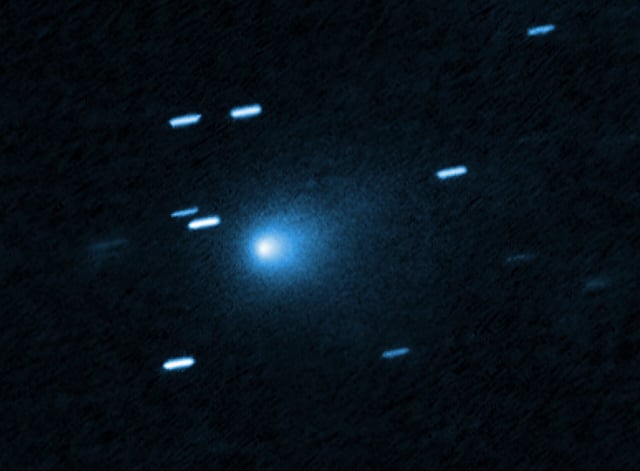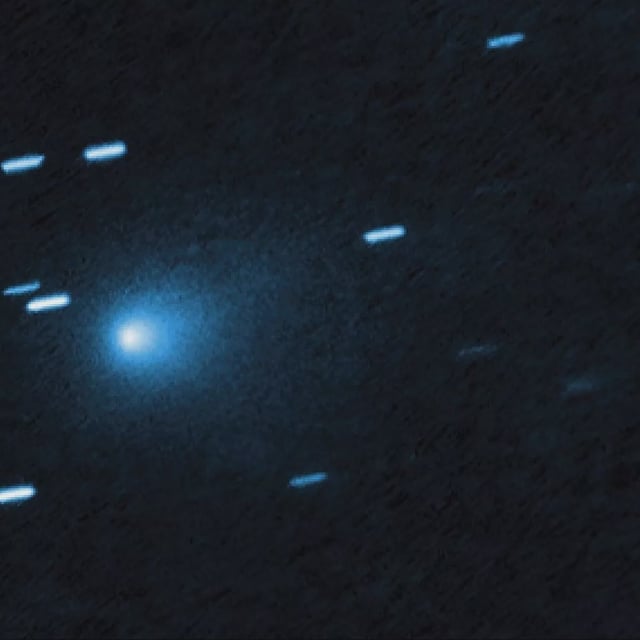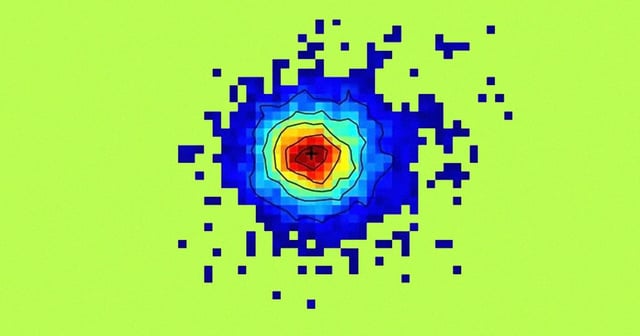Overview
- NASA is exploring repurposing Juno, with Congress considering a $15 million budget per six-month extension to enable a potential flyby of 3I/ATLAS in early 2026.
- 3I/ATLAS holds the record for Solar System visitors at roughly 210,000 km/h, a velocity achieved through billions of years of galactic gravitational slingshots.
- As the third confirmed interstellar object after ʻOumuamua and Borisov, 3I/ATLAS offers a rare opportunity to analyze primordial material from beyond our Sun’s neighborhood.
- The comet poses no threat to Earth, will skim inside Mars’s orbit at perihelion in late October and remains visible to ground telescopes through September.
- ESA’s Comet Interceptor mission, slated for launch in 2029, stands ready as a rapid-response spacecraft for future interstellar targets.



